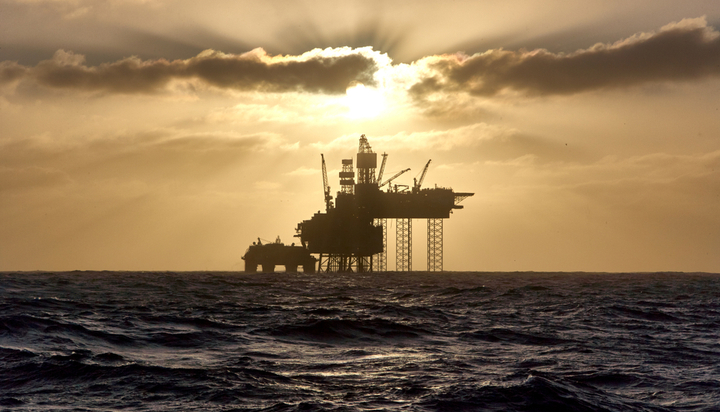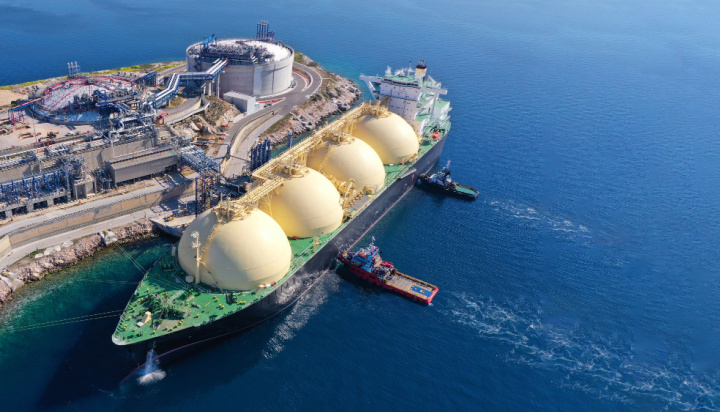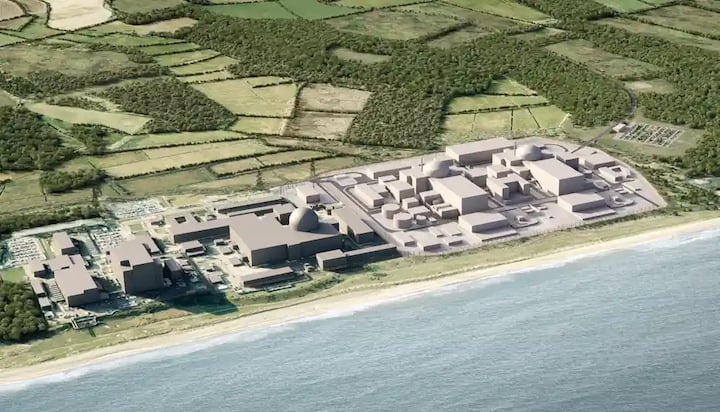Energy Minister Claire Coutinho states that the approval of new North Sea drilling licences will contribute to the reduction of the UK’s energy import dependence.
The North Sea Transition Authority (NSTA) has approved 27 new licences for oil and gas exploration in the North Sea.
The licences, awarded from a pool of 115 applications, represent the highest number granted since the 2016/17 29th Licensing Round.
These licences have been allocated to specific areas in the Central and Northern North Sea, as well as the West of Shetland, known for their potential to expedite production compared to other regions.
In addition to the 27 primary licences, six additional blocks, ready for allocation, have been consolidated into five existing licenses, streamlining the licensing process.
Currently, the UK North Sea boasts 284 offshore fields in production and it is estimated that a total of 5.25 billion barrels of oil equivalent will be produced in the region until 2050.
Energy Security Secretary Claire Coutinho said: “As recognised by the independent Climate Change Committee, we will continue to require oil and gas in the coming decades as we work toward achieving net zero.
“It is pragmatic to reduce our dependence on foreign imports and utilise our domestic supply, benefiting our economy, the environment and energy security.
“These new licences are a positive development for the UK industry, supporting approximately 200,000 jobs and contributing £16 billion to the economy annually while advancing our transition to low carbon technologies, on which our future prosperity depends.”













